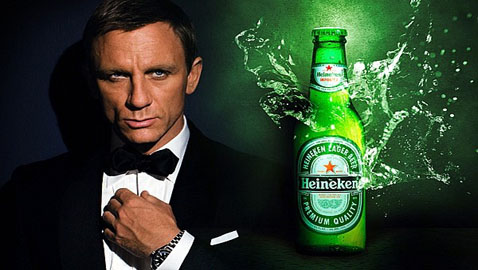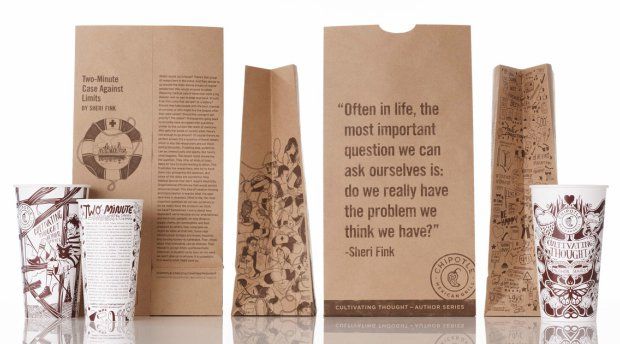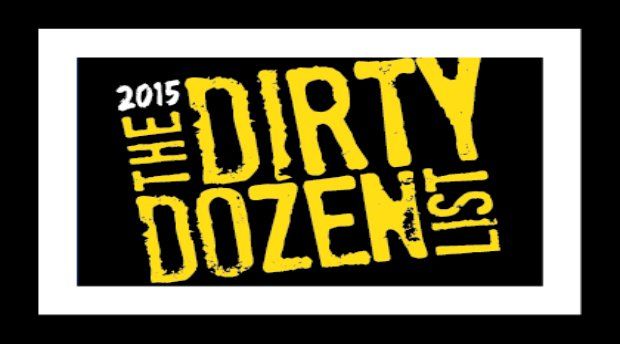James Bond Product Placement Worth Hundreds Of Millions: But Are They Value For Money?
Post Views 9
It is reported that Heineken Paid $45 Million to ensure that their beer is what Bond drinks on screen, in the latest Bond film, “Skyfall.” dumping his iconic vodka martini – stirred but not shaken, as the legend goes, for the pale lager. Heineken ensured that Bond and his female partner in the film would imply that this Heineken’s was the best beer on the planet.
The film has grossed half a billion dollars in the two weeks since it has opened, but its larger success can be counted in terms of product placement. The film cost $200 million to make, but advertisers like Coca Cola, Sony, BMW, Omega Watches and of course Heineken and many others, wanting their products on the screen, covered a major portion of the costs.
Fans of Bond are naturally incensed in what they see as selling out to commercialization and diluting the original essence of being quintessentially Bond.
However, one questions that the advertisers are beginning to ask: Are the placments really worth all the money that they are paying for them? Do audiences really notice the car that Bond is driving, or the watch that he wearing or are they too engrossed in the story unfolding on the screen and going berserk over the spectacular stunts their hero is performing? Just because Bond is drinking a particular brand of beer, will audiences rush from their theatres to the nearest pub?
The answer is not so forthcoming. Analysts differ in their view regarding the effectiveness of product placement. Tom Cruise wore Ray-Bans glasses in the movie ‘Risky Business’ and sales increased considerably. He later sported Aviator sunglasses in ‘Top Gun’, with the same positive results. If these were taken as examples, product placement is value for money.
The glasses that Tom Cruise wore increased in sales, but the reason could go beyond Cruise sporting them. It could be general economy, onset of the summer, when sunglasses are more in demand; competitors quitting the scene, to attribute it to product-placing may not convey the right picture.
However, analysts say, that those days product placement was relatively new and something that is so common today that it has become routine and unexciting. Today, the audiences are aware of such marketing strategies and do not attach too much significance to it. People have become skeptical towards such ads. A frequent refrain, is that the celebrity is wearing it because he is paid tons of money to wear it, not because it is good.
The audience may be influenced by Bond and his attractive partner and may want to follow suit in their choices, but there are so many constraints. No matter how thirsty they are, Mormons and Muslims will not buy beer, nor will vegetarians eat meet. The young generation, that makes up for a major share of the audience may want an Omega watch, just like Bonds or drive similar BMWs, but do they have the money for it?
So it is really hard to irrefutably conclude that the ads work, they may be working and on the other hand, they may not be working.
And last but not the least, when James Bond is driving with Bérénice, the stunning smoking-hot arm candy that he has for his latest film, would you really be bothered about what car he is driving, or even notice the watch he is wearing?
James Bond Product Placement Worth Hundreds Of Millions: But Are They Value For Money? by Harrison Barnes


 Project Gravitas Prepares for Black Friday with ‘Message in a PG Box’
Project Gravitas Prepares for Black Friday with ‘Message in a PG Box’  Advertisers Turn to Outlets Other Than Traditional Television
Advertisers Turn to Outlets Other Than Traditional Television  What Really Happens When We Receive Personalized Ads
What Really Happens When We Receive Personalized Ads  Next Level Text Allows Anyone to Fundraise
Next Level Text Allows Anyone to Fundraise  Fast Food Companies Look to Their Consumers for Advertising
Fast Food Companies Look to Their Consumers for Advertising  “Deadzone Diners” Takes a Different Approach to Cellphone Usage
“Deadzone Diners” Takes a Different Approach to Cellphone Usage  12 Companies That Profit Off Sexual Exploitation
12 Companies That Profit Off Sexual Exploitation